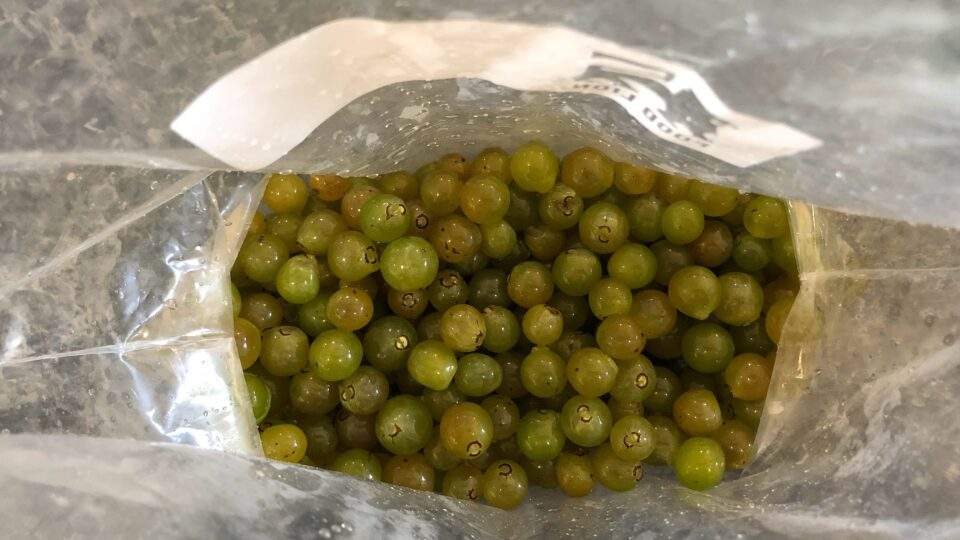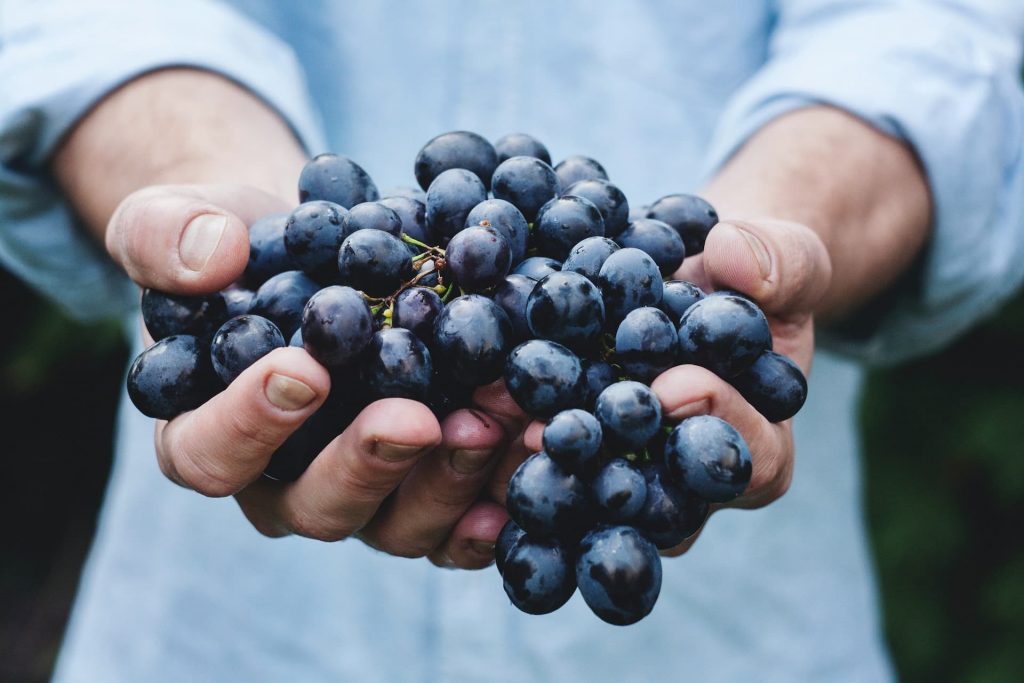How to Collect Grape Samples for Analysis

Grape Sampling is No Joke…
Choosing when to harvest your crop is a crucial decision in the winemaking process. Unfortunately for winemakers, there is no magical clock that strikes when it’s time to harvest. Instead, there are many considerations that go into deciding when the crop is ready.
Analyzing such factors starts with the collection of a vineyard sample. Sampling allows winemakers to check in on the progress of their grapes and informs them if they need to make any changes to their harvest plans. About 3-5 weeks before the anticipated harvest date, winemakers want to start sampling.
Cluster Sampling vs Berry Sampling
Collecting grape samples is a strategic process and should be done in a way that most accurately reflects the entire vineyard or block. Statistics 101 teaches us how important randomized sampling can be. The more accurate the sample, the better the wine!
There are two different methods for collecting grape samples: berry sampling and cluster sampling.
Berry Sampling
Berry sampling is taking individual berries (ideally 100 to 200) from different locations around the vineyard or block and different parts of the cluster. Your sample should accurately represent what is on the vines. If you still have unripened berries hanging, make sure your sample includes unripened berries. Take from the top, sides, back, bottom, and front of the cluster. Pull from clusters with a lot of sun exposure and clusters that get a lot of shade.
It is a good idea to come up with a pick pattern and stick with it, that way you don’t accidentally favor the front of every sunny cluster or the top of every low cluster.
Check out this video about berry sampling.
Cluster Sampling
Cluster sampling is taking numerous clusters (20+ ideally) from various points in the vineyard or block. This method is efficient as it doesn’t take long to collect a sample, but that sample may not be the most representative. Imbalances in sun exposure, hydration, ripening, and fertilization may lead to variations among the vines. Only taking clusters from a few vines may skew the analytical results to reflect only a small portion of the vineyard or block.
Make sure you have enough clusters to provide a good representation and don’t ‘cherry pick’ only the best looking clusters. Clusters with unripe berries or small amounts of rot will be part of your harvest, so make sure to include them too!

In the long run, berry sampling is a much more effective and accurate method. It provides a more representative sample, allowing winemakers to point out certain nutrient deficiencies. For example, the amount of sun and rain a berry receives is dependent on its location, both on the cluster and on the farm.
Tips & Tricks
- Collect your samples in the morning. In order to accurately track the progress of sugars, pH, and TA throughout your samples, it is important to collect them at the same time of day (within the same couple of hours is ideal).
- Heads Up! Juice samples collected in the morning tend to have a slightly lower Brix compared to juice samples collected in the afternoon.
- No grapevine is the exact same. However, certain factors (weather, disease infestation, location, etc.) can greatly increase this degree of variation. If your vineyard experiences any of these characteristics, more berries should be collected per sample.
- Keep your berries fresh in between the period of picking and processing. Make sure they’re in a sealed plastic bag or container and kept cold in the refrigerator or other cooling system.
- Don’t wait too long to process your berries after picking them. You will get the most accurate results by processing the berries within 24 hours of picking.
- Make sure the berries you pick from your cluster are truly random. Pick berries from different sections of the cluster, of different shades (yes, you must also pick green berries for an accurate sample), and from different sections of the vine. Lesson of the day: there should be no favoritism when it comes to berry sampling.
- Fun Fact: Approximately 90% of the variation within berry sampling is due to where the cluster is positioned on the vine and the amount of sun exposure received from that particular location.
Other Resources
Dami, Imed. “Determining Grape Maturity and Fruit Sampling.” Ohioline, 22 Jan. 2014, https://ohioline.osu.edu/factsheet/HYG-1436
